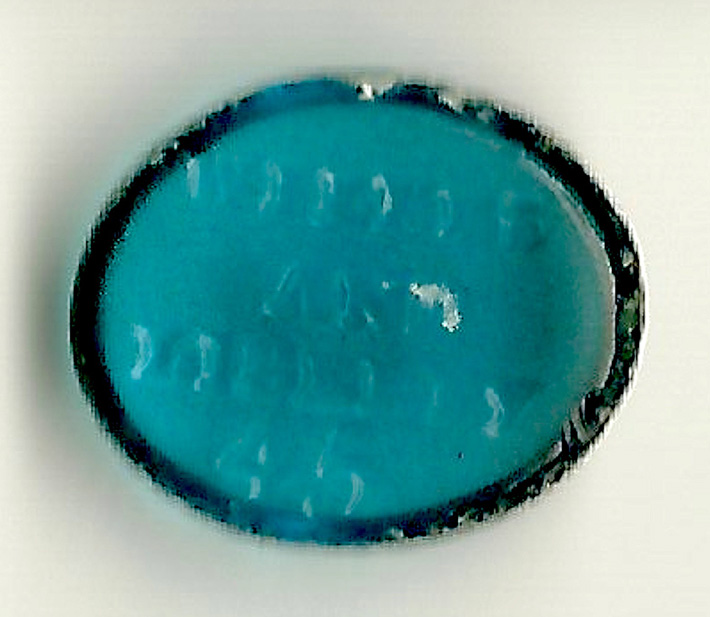
COLERAIN, NORTH CAROLINA—The Charlotte Observer reports that a farmer in North Carolina discovered a Revolutionary War–era site on his land near the Chowan River. Charles Ewen of East Carolina University said the recovered artifacts include broken wine bottles, china, British-made smoking pipes, large ceramic storage vessels, keys, locks, bone-handled utensils, oyster shells, an ornate marble font, and a glass jewel inscribed with the words “Wilkes and Liberty 45” that is identical to a cufflink jewel recently uncovered at a late eighteenth-century tavern site in Brunswick Town. Such jewels were worn to help rebels recognize each other, since the slogan referred to English pamphleteer John Wilkes, whose Pamphlet 45 argued that the English king was not above reproach. “Everything we had found in Brunswick Town, he has found lots more of,” Ewen said. Ewen thinks the site could be another tavern, or possibly a warehouse at a ferry crossing, since the site is situated just 100 yards from the Chowan River. “People stayed a bit at ferry crossings because it took a long time,” he explained. Ballast stones have been found in the rubble, he added. Ewen and his colleagues plan to examine the area with ground-penetrating radar to look for evidence of structures. To read about the cufflink found in Brunswick Town, go to "World Roundup: North Carolina."










